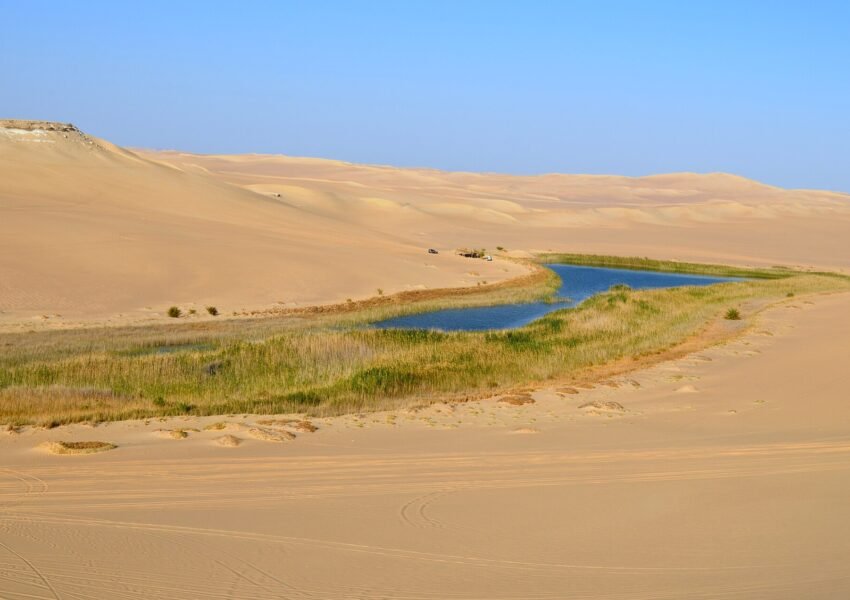Egypt is a timeless country of mesmerizing beauty and history, a country with beautiful landscapes that is worth…
Situated in the Farafra Depression, the White Desert in Egypt is a remarkable geological wonder near Siwa Oasis.…
Nestled near Siwa Oasis, the Black Desert is undoubtedly one of Egypt’s most intriguing landscapes. Known for its…
The Great Sand Sea, near Siwa Oasis, is an expansive desert of golden dunes that stretches endlessly across…
Nestled in the heart of the Western Desert, the Siwa Oasis in Egypt is a hidden gem that offers a…








